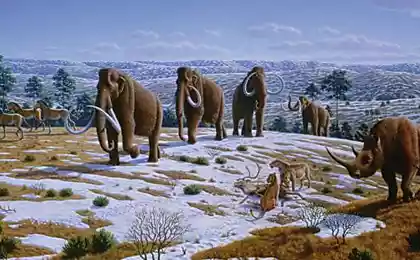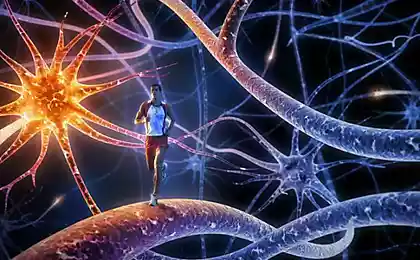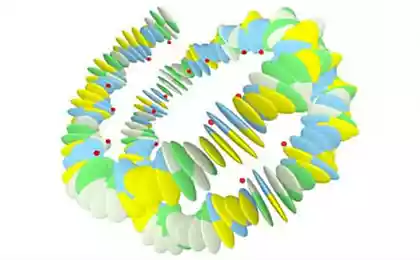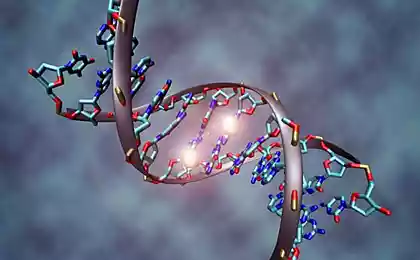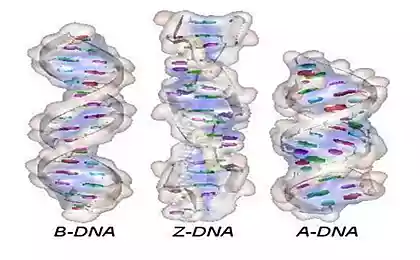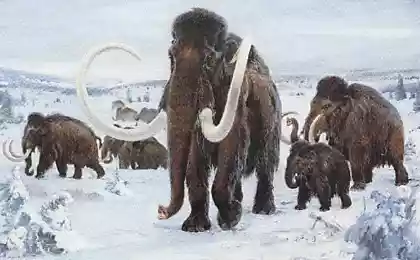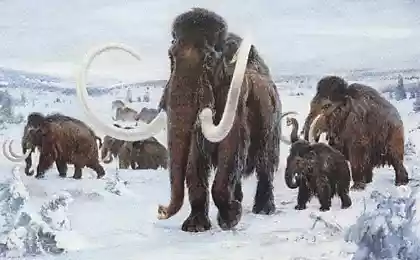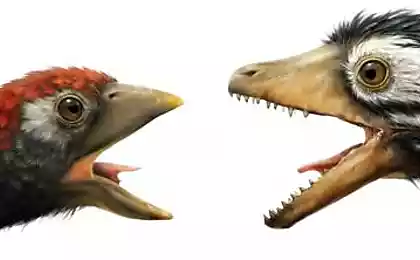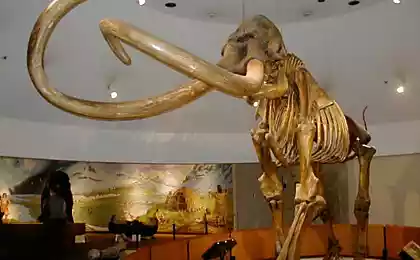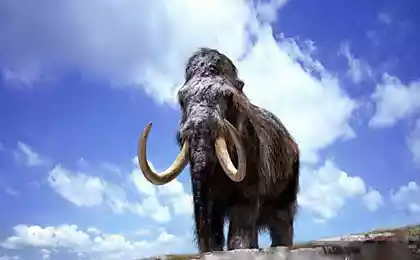838
Scientists have identified regions of DNA of mammoths responsible for woolly, cold tolerance and other features of ancient animals

As has been previously reported , experts from Harvard Medical School were able to decode the complete genome of the mammoth and just two individuals. Due to this, scientists were able to study some particular species, including the path of development and formation of the form. As it turned out, shaggy mammoths appeared about 700,000 years ago, in Siberia. Then the mammoth population spread throughout Eastern Europe and North America. At the same time, according to the DNA, the mammoths died out almost 280 thousand years ago, and about 12 thousand years ago. At the end of the existence of a population of mammoths was reduced to 1 thousand. The last mammoths lived in Siberia, about 6000 years ago, is intraspecific hybridization has not led to the extinction of mammoths.
Now study continues , and to the study of joining new teams of specialists . Thus, the team has the University of Chicago conducted a deep sequencing of genomes, not only two mammoths, but also three Asian elephants, which are close relatives of their hairy ancestors. In addition, the genome was used and a distant relative of mammoths - the African elephant.
As it turned out, unique to mammoths are 1, 4 million gene variants. Changes in genes mammoths were closely associated with the metabolism of fat, hair growth, the development of the skin and so-called insulin signaling. In addition, the mammoths, as far as can be judged, a unique sense temperature changes and circadian rhythm. All this has led to the fact that the animals were transferred bad cold and strong features of regime change light in the polar regions. The scientists were able to identify genes that are responsible for the shape of the skull, small ears and short tails.
Experts managed to recreate gene TRPV3, characteristic of mammoths. After transplantation of the gene in living cells it was found that the protein produced reacts to heat is weaker than TRPV3, characteristic genome elephants. But if you disable the mouse TRPV3 animals have come to prefer the cool room, plus a scalp became wavy.
An interesting point is that the experts who conducted the study, is not considered necessary "resurrection" of mammoths.
Source: geektimes.ru/post/253072/
New photos from the Pluto New Horizons (on July 3)
The US Navy plans to produce parts for warships by 3D-printing




